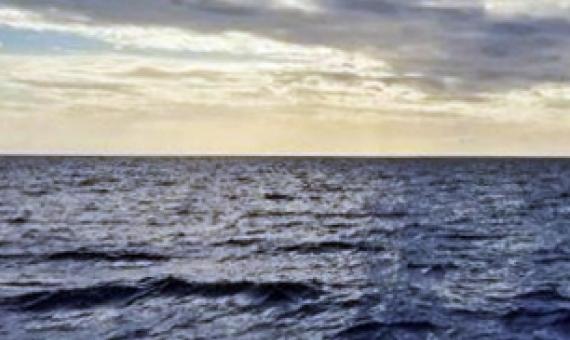An innovative exchange of sovereign debt for marine conservation, backed by the likes of Leonardo DiCaprio, could pave the way to saving large swaths of the world"s oceans.Click on the link below to read the full story.
This programme is jointly funded by POGO and the Scientific Committee on Oceanic Research (SCOR) and is designed to promote training and capacity building leading towards a global observation scheme for the oceans.The fellowship program is open to scientists, technicians, postgraduate s
What do you get when a lawyer, a modeller, an economist, a social scientist and an ecologist talk about the ocean" Besides an interesting conversation, it is likely there will be some consideration of how to solve many of the problems facing marine ecosystems around the world.Click on the link be
The ClimEco6 Summer School aims to contribute to the development of the next generation of interdisciplinary marine researchers.
The fifth World Ocean Summit will be held at Riviera Maya, Mexico, on March 7th-9th 2018 and will grapple with some of the ocean's most intractable problems--and explore new possibilities.Click on the link below for further information.
Ocean, maritime issues and fisheries will again be highlighted in the forthcoming 8th Pacific Islands Leaders Meeting (PALM8), in line with the United Nations Sustainable Development Goal (SDG) 14.Click on the link below to read the full story.
Launched in September 2011, the program is an international collaboration between The Nippon Foundation and the University of British Columbia with the aim to make comprehensive forecasts of the ocean"s future...Click on the link below to read the full story.
From the stomachs of baby seabirds to the depths of the oceans " plastic pollution is everywhere.Click on the link below to read the full story.
As scientists race to save coral reefs and tackle other crucial marine issues, access to expensive scientific journals has become a roadblock to sharing knowledge, especially for researchers in developing countries. Click on the link below to read the full story.
The organizers of OceanObs"19 are soliciting abstracts of Community White Papers describing aspirations for the coming decade from all interested groups.







